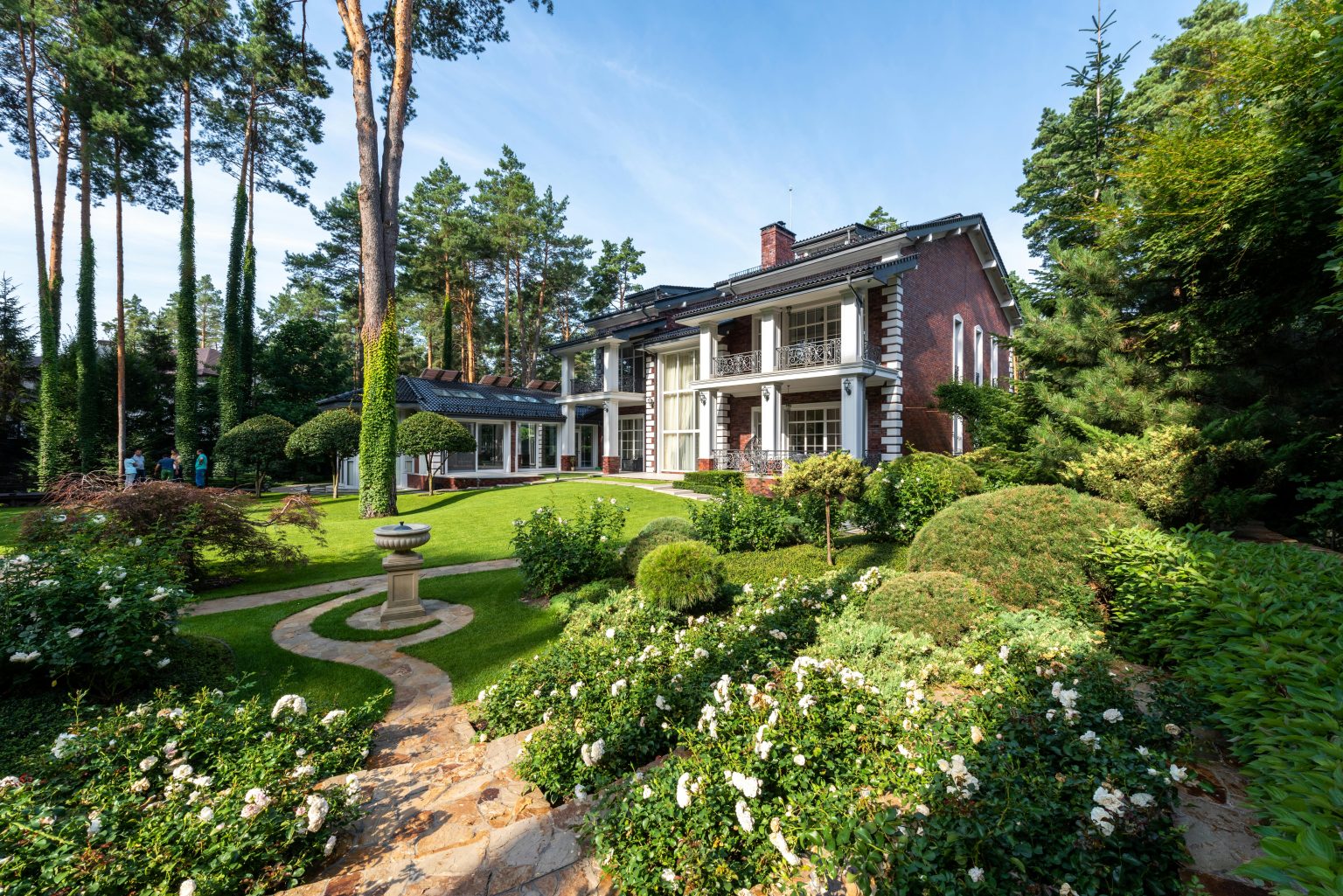The English cottage garden, with its whimsical and enchanting allure, has captured the hearts of garden enthusiasts worldwide. This gardening style, characterized by its seemingly haphazard yet perfectly balanced arrangement of plants, offers a charming retreat from the structured and formal gardens of yore. In this article, we delve into the essence of the English cottage garden, exploring its history, key elements, and how you can create your own slice of paradise. Additionally, we’ll draw an interesting parallel between the charm of the cottage garden and the excitement of the plinko casino game, demonstrating that beauty and thrill can coexist harmoniously.
The Origins of the English Cottage Garden
The English cottage garden’s roots trace back to the 16th century, when humble English peasants began cultivating small plots of land around their cottages. These gardens were initially born out of necessity, providing food, herbs, and medicinal plants for the household. Over time, as the Industrial Revolution brought prosperity, these practical gardens evolved into the romanticized versions we know today.
Evolution of Style
Victorian-era garden enthusiasts played a significant role in transforming the cottage garden. They introduced ornamental plants and developed the idea of blending beauty with utility. The result was a picturesque, seemingly untamed garden that embraced a mix of flowers, shrubs, trees, and vegetables, creating a tapestry of color and texture.
Key Elements of an English Cottage Garden
One of the defining features of the English cottage garden is its diverse plant palette. A harmonious blend of perennials, biennials, and annuals ensures year-round interest. Some quintessential plants include:
- Roses: The backbone of any cottage garden, with their timeless beauty and evocative fragrance.
- Foxgloves: Tall spires of bell-shaped flowers that add vertical interest.
- Lupines: Offering vibrant hues and attracting pollinators.
- Delphiniums: Adding height and drama with their striking blue spikes.
- Hollyhocks: Towering blooms that create a sense of nostalgia.
Layout and Design
The layout of a cottage garden is free-flowing and informal, often appearing as if nature itself designed it. Paths meander through the garden, inviting visitors to explore its hidden corners. The use of rustic materials, such as brick or stone, for pathways and borders enhances the garden’s charm.
Structural Elements
While the cottage garden thrives on a sense of whimsy, structural elements play a vital role in providing framework and order. Garden structures, such as pergolas, arbors, and trellises, support climbing plants like clematis and roses, adding height and depth. Fences and hedges create a sense of enclosure, making the garden feel like a secret haven.
Creating Your Own English Cottage Garden
Before planting, it’s essential to plan your garden layout. Consider the size and shape of your space, the amount of sunlight it receives, and soil conditions. Sketch a rough design, ensuring you incorporate winding paths, seating areas, and focal points.
Plant Selection
Choose a variety of plants that will thrive in your garden’s conditions. Embrace diversity by mixing different heights, colors, and textures. Remember, the beauty of a cottage garden lies in its apparent randomness, so don’t be afraid to experiment.
Maintenance Tips
While cottage gardens may appear carefree, they do require maintenance to keep them looking their best. Regular deadheading of flowers, pruning, and weeding are essential tasks. Mulching helps retain moisture and suppress weeds, while periodic feeding ensures healthy growth.
The Whimsy of the Cottage Garden and the Plinko Casino Game
Just as the English cottage garden celebrates the unpredictable beauty of nature, the plinko casino game offers a thrilling experience where chance and strategy intersect. The game, known for its cascading disc drops and unpredictable outcomes, mirrors the delight of discovering new blooms and hidden corners in a garden.
Embracing Variety
Both the cottage garden and the plinko casino game thrive on variety. In the garden, a diverse plant selection creates a vibrant tapestry, while in the game, each disc drop brings a unique result. This element of surprise and diversity keeps both the garden and the game engaging and exciting.
Creating a Personal Haven
Whether you’re tending to a cottage garden or playing a round of plinko, the ultimate goal is to create a personal haven of joy and relaxation. The garden offers a peaceful retreat, while the game provides a fun escape and the chance to win big. Both experiences remind us to savor the simple pleasures in life.
Conclusion
The English cottage garden, with its whimsical charm and timeless appeal, offers a delightful escape into nature’s embrace. By incorporating diverse plants, thoughtful design, and a touch of unpredictability, you can create your own enchanting garden. And just as the plinko casino game adds excitement with its element of chance, the cottage garden invites you to embrace the beauty of the unexpected. So, roll up your sleeves, get your hands dirty, and embark on a journey to create your very own slice of paradise.



